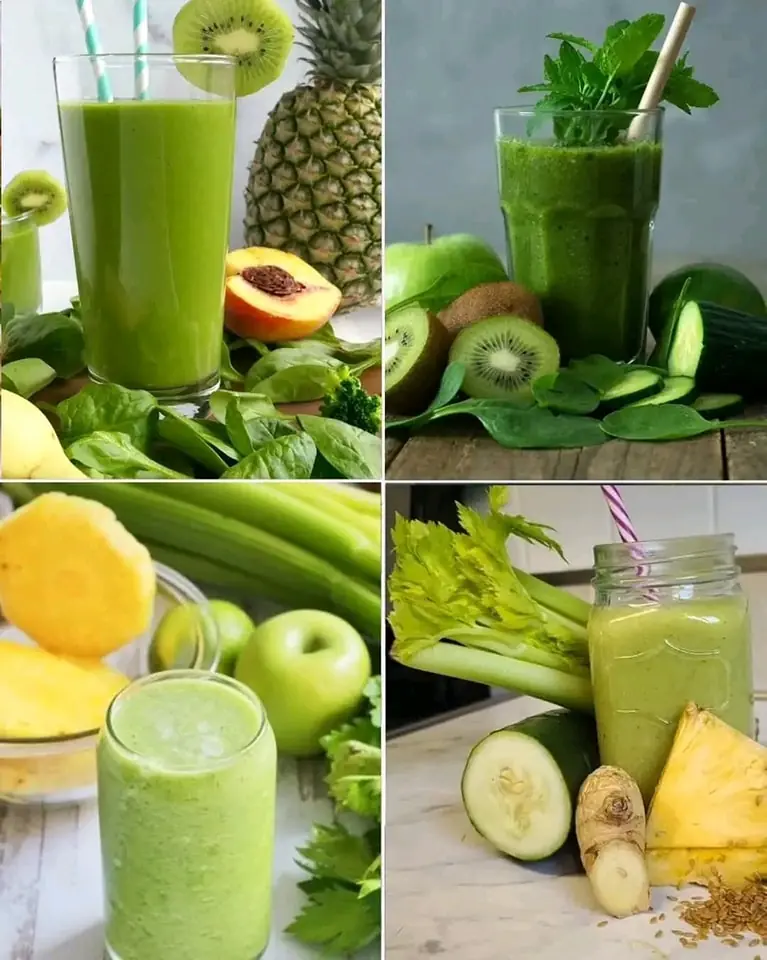
Growing Kale: Planting, Care, and Harvesting Tips
Learning how to grow kale is simple and rewarding. This cool-season veggie is a staple in my winter garden, and with the proper care, it produces an abundance of nutritious, flavorful leaves. I plant kale in the fall, and it keeps producing until temperatures warm up in the spring. Each kale plant can yield dozens and dozens of tasty leaves! Keep reading for tips on growing kale, including when to plant kale, how to care for your kale plants, and troubleshooting common kale problems. Plus, I’ll share ideas for using your kale harvest, including my recipe for the best kale salad ever.
Why Grow Kale?
Kale is a powerhouse vegetable. It is packed with essential nutrients, including vitamins A, C, and K, calcium, and antioxidants, making it a superfood that supports bone health, boosts immunity, and reduces inflammation. Its versatility and nutrient density make it an excellent addition to any diet. As Edward C. Smith says in The Vegetable Gardener’s Bible:
“Kale has just about everything – good looks, good flavor, and high vitamin and mineral content. It’s easy to grow, healthful, and hardy enough to harvest from under the snow.”
Whether you’re a beginner or an experienced gardener, kale is a reliable crop that earns its spot in the garden.
When to Plant Kale: Timing is Everything
Kale thrives in cool weather, and its flavor improves after a light frost. While it can survive some heat, warmer temperatures can make the leaves tough and bitter. Planting kale at the right time is key to a successful harvest. Here’s a simple guide:
- Recommended First Outdoor Transplanting: 2–4 weeks before the last frost date.
- Recommended First Outdoor Direct Seeding: 2 weeks before the last frost date.
- Recommended Last Planting Date: For a fall crop, plant transplants 8 weeks before the first frost date.
Kale Planting Dates for the Low Desert of Arizona:
In the low desert, kale is a cool-season crop best grown during the cooler months.
- Start seeds indoors: August–December
- Plant seeds outdoors: September 15–December
- Transplant seedlings outdoors: September 15–January
Additional Planting Tips:
- Soil Temperature for Germination: Kale seeds germinate in soil temperatures ranging from 52–100°F (11–38°C), with the optimum temperature being 90°F (32°C). Learn how to check your soil temperature in this guide.
- Transplants vs. Direct Seeding: Starting kale seeds indoors and transplanting them is often preferred in most climates, as it gives plants a head start and ensures strong, healthy growth.
- Seedling Timeline: Starts grown from seed are ready to transplant outdoors in 4–6 weeks.
Use this planting timeline to get your kale growing at the right time for your climate, ensuring a steady supply of delicious, tender leaves! For more cool-season vegetables that grow well from seed, read this guide.
How to Plant Kale: Give It Room to Grow
Kale needs adequate space to thrive. Crowded plants can lead to poor growth and increased susceptibility to pests.
- Seed Planting: Sow seeds ½ inch (1.3 cm) deep and 3 inches (7.6 cm) apart. Thin seedlings to 12 inches (30 cm) apart when they’re about 5 inches (13 cm) tall. (Tip: Thinned seedlings are delicious—use them in salads!)
- Transplants: Space transplants 12 inches (30 cm) apart and bury the stem up to the first leaves.
- Row Spacing: Leave 18 inches (46 cm) between rows.
- Square Foot Gardening: Plant one kale per square foot. Get more tips for square-foot gardening in this guide.
I’ve also had success growing kale in containers. Check out my Container Gardening article to learn more.
Choose the Best Kale Varieties for Your Garden
Growing different varieties of kale adds diversity to your garden and your plate. Here are some of my favorites:
- Lacinato Kale (Dinosaur Kale): Italian heirloom with savoyed leaves. Best eaten when young and tender.
- Curly Kale: Known for its finely curled leaves and peppery flavor. Frost enhances its taste.
- Red Russian Kale: Tall plants with purple-veined leaves that become sweeter after frost.
- Purple Moon Kale: Purple ruffled leaves have a mild flavor and a long harvesting season.
How to Care for Kale Plants
Healthy plants are the best defense against pests and diseases. Follow these tips to grow kale organically:
- Soil: Kale thrives in compost-rich soil. Amend with compost at planting and throughout the season.
- Watering: Water evenly to keep plants healthy and productive. Avoid letting the soil dry out completely.
- Mulch: Mulch around plants to retain moisture, regulate soil temperature, and prevent weeds.
- Pest Control: Hand-pick caterpillars and spray aphids with water or a mild soap solution. Floating row covers can help prevent pests like cabbage moths.
- Companion Plants: Grow kale with nasturtiums and onions to deter pests naturally. Get more ideas for cool-season companion plants here. Crops with similar growing conditions are Swiss chard, spinach, and beets. (Click names for growing guides.)
How to Harvest Kale
Harvesting kale correctly is key to enjoying a continuous supply of fresh, tender leaves.
Harvesting Individual Leaves
To encourage continuous production, pick leaves when they’re about the size of your hand. Always start with the outermost leaves and work up the plant, leaving the terminal bud (located at the top center) intact. This method, called cut-and-come-again harvesting, encourages the plant to produce new leaves. (Get more details on cut-and-come-again harvesting here.)
Harvesting Entire Plants
When the plant slows production or begins to bolt (producing a flower stalk), it’s time to harvest the entire plant. Bolting signals that the plant is shifting its energy toward seed production, which causes the leaves to become tough and bitter. To minimize root disturbance and improve soil health, cut the main stem at soil level rather than pulling the plant out. Leaving the roots in the ground allows them to break down naturally, adding organic matter and improving soil structure.
If your kale bolts, consider leaving the plant in place to flower and provide food for pollinators. Alternatively, feed bolted kale to chickens—my chickens love it!
Storage Tips:
- Refrigeration: Store fresh leaves in an airtight container in the fridge for up to 2 weeks. These are the containers I use.
- Freezing: Rinse, chop, and freeze kale for smoothies and soups.
Using Kale: From Salads to Smoothies
Kale is a versatile ingredient that shines in many dishes:
- Use fresh leaves in salads, like my best kale salad recipe.
- Add chopped kale to soups, stews, and casseroles.
- Blend kale into smoothies for a nutrient boost.
- Roast kale into crispy kale chips for a healthy snack.
Substitute kale for Swiss chard in most recipes. See my favorite Swiss chard recipes in this post.
FAQ: Common Kale Growing Questions
Q: How much sunlight does kale need?
A: Kale prefers full sun (6–8 hours daily) but will tolerate partial shade, especially in hot climates. Get ideas for other crops that tolerate shade in this guide.
Q: Can I grow kale in containers?
A: Yes! Choose a container at least 12 inches (30 cm) deep and wide, and ensure it has good drainage. Learn more about how to garden in containers in this guide.
Q: Why are my kale leaves turning yellow?
A: Yellow leaves could indicate overwatering, nutrient deficiency, or pests like aphids. Check soil moisture and fertilize with a balanced organic fertilizer if needed. This is the one I use.
Q: Can I grow kale year-round?
A: In mild climates, kale can be grown year-round. In hot climates, focus on fall and winter planting. Occasionally, I’ve had a kale plant survive summer and live for over a year. The leaves are very bitter during the summer, but as temperatures cool, the flavor improves. The kale turns into quite a tall “kale tree”!

News in the same category


The husband slapped his wife in front of his friends to show off — but her act of revenge left everyone shocked and speechless

10 Clever Ways to Reuse Lemon Seeds at Home
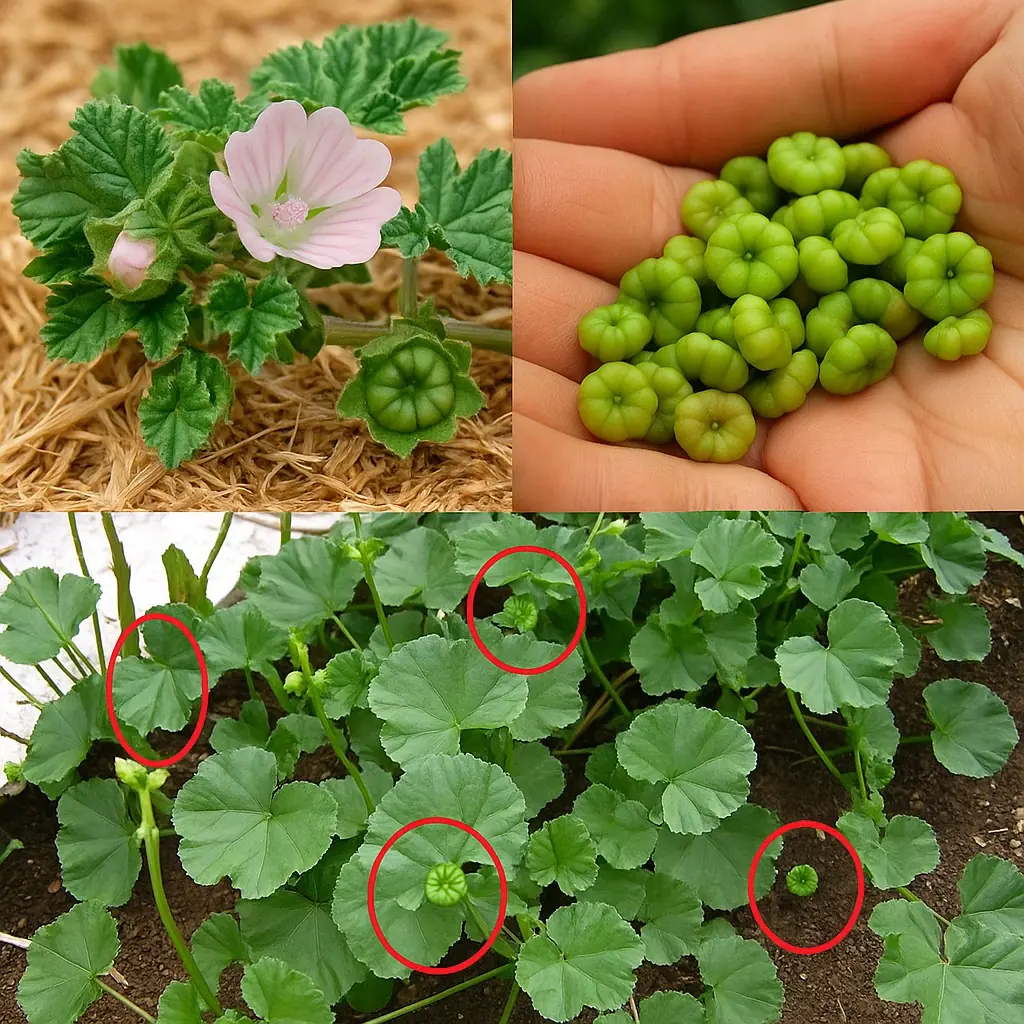
Unlocking the Secret Health Benefits of Common Mallow: Nature’s Wonder Herb for Wellness
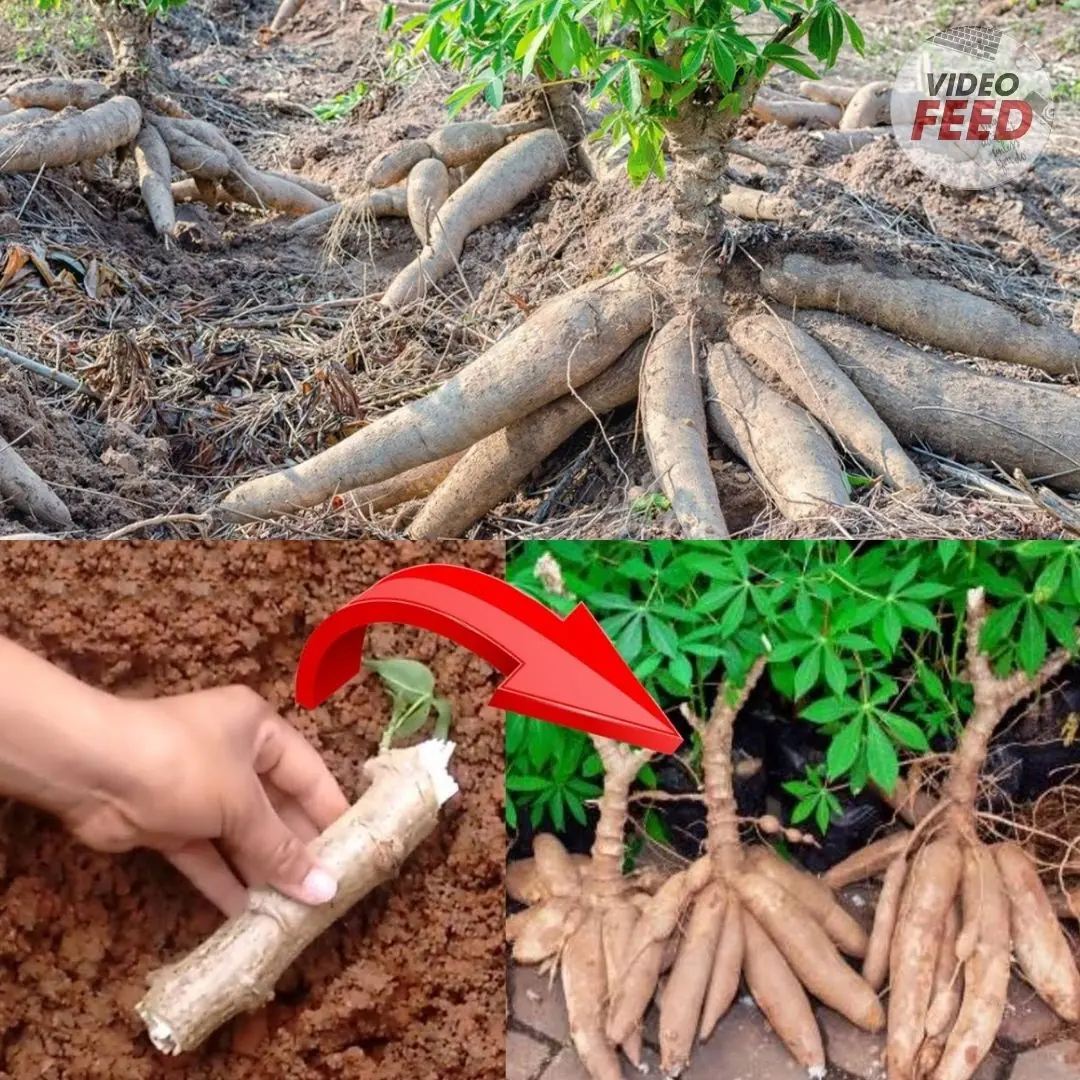
Essential Knowledge for Growing Cassava Successfully
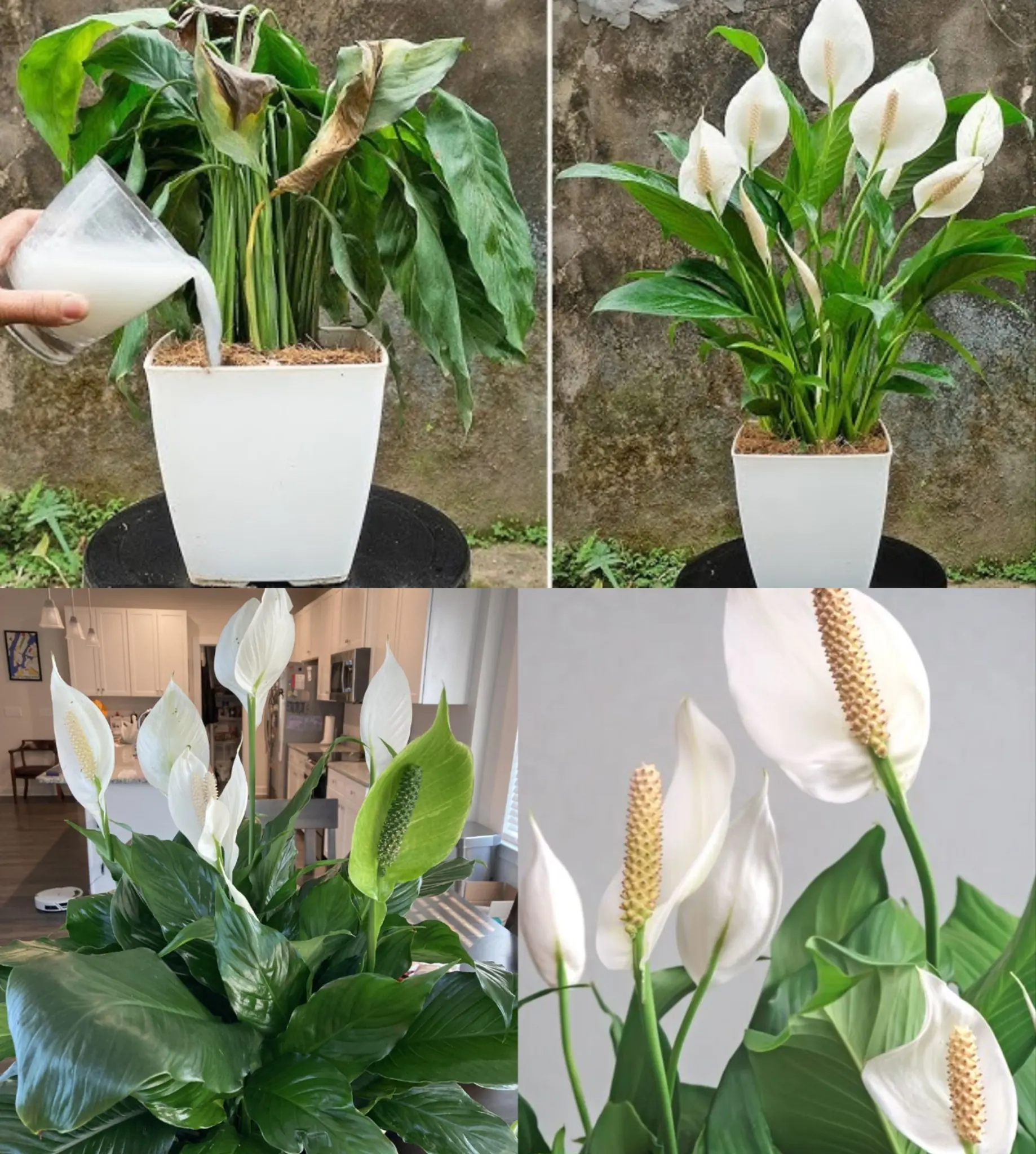
Just 1 Cup Makes Peace Lilies Bloom with So Many Flowers
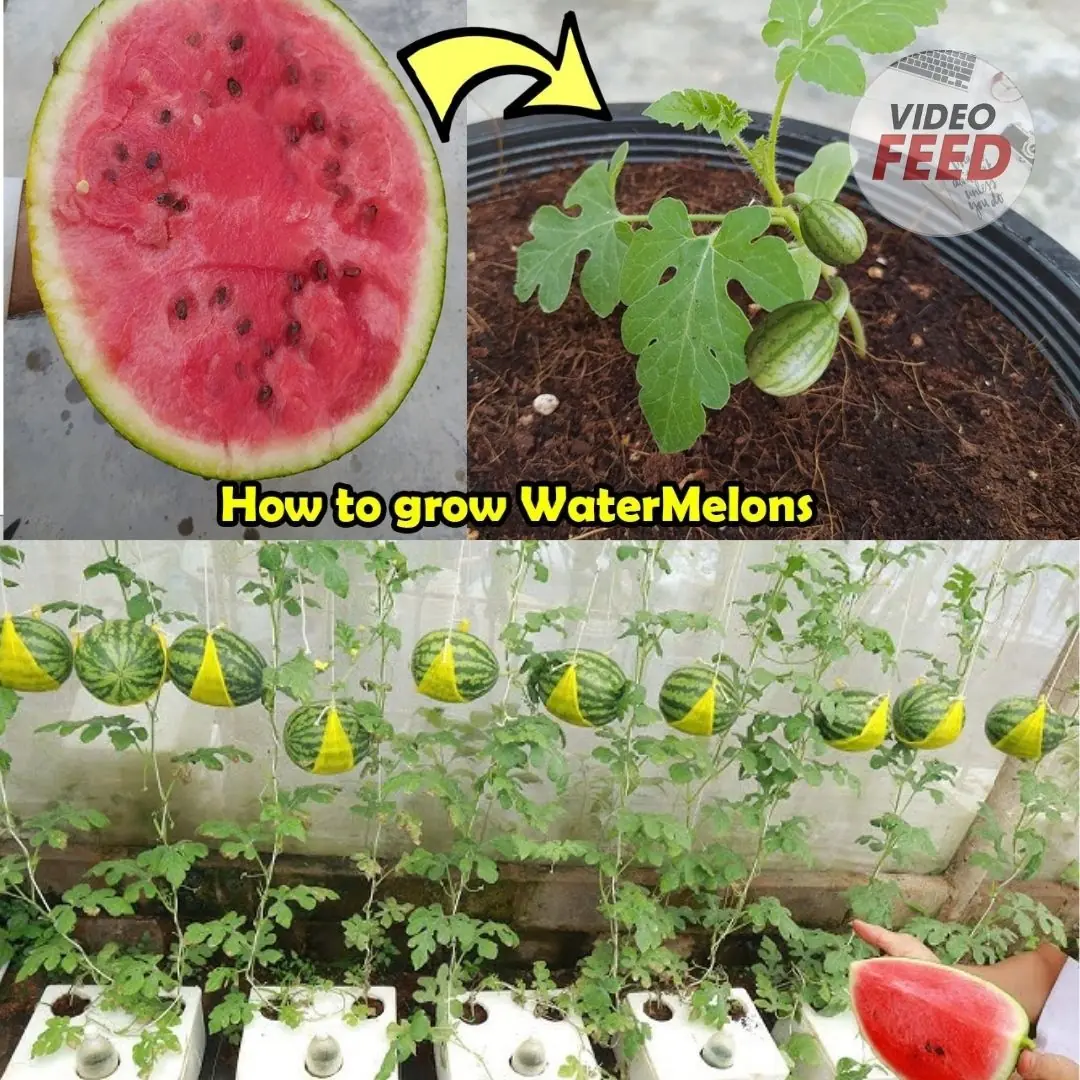
How to Grow Watermelons at Home: A Guide for Small Spaces & Balconies
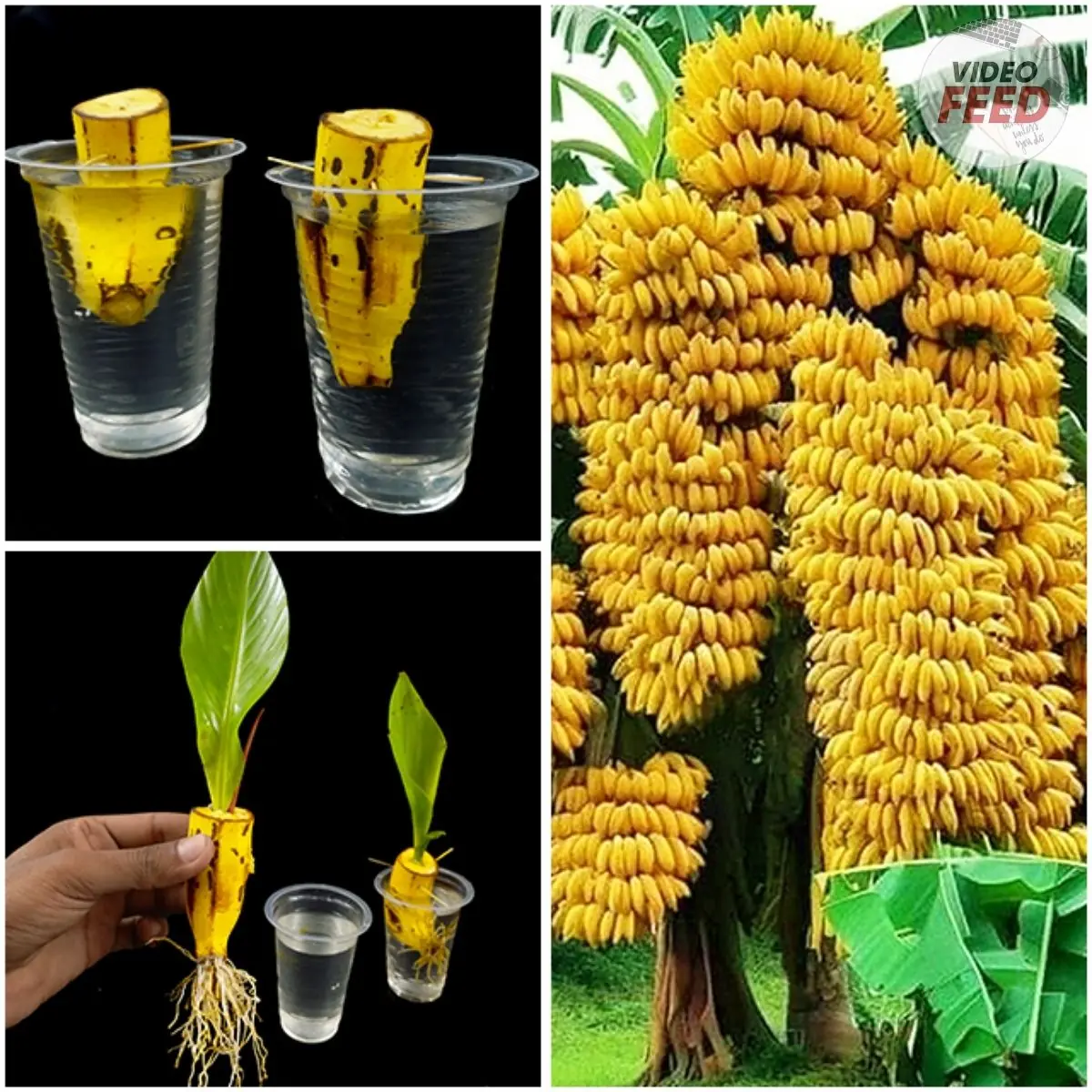
How to Grow a Banana Tree at Home and Never Buy Bananas Again
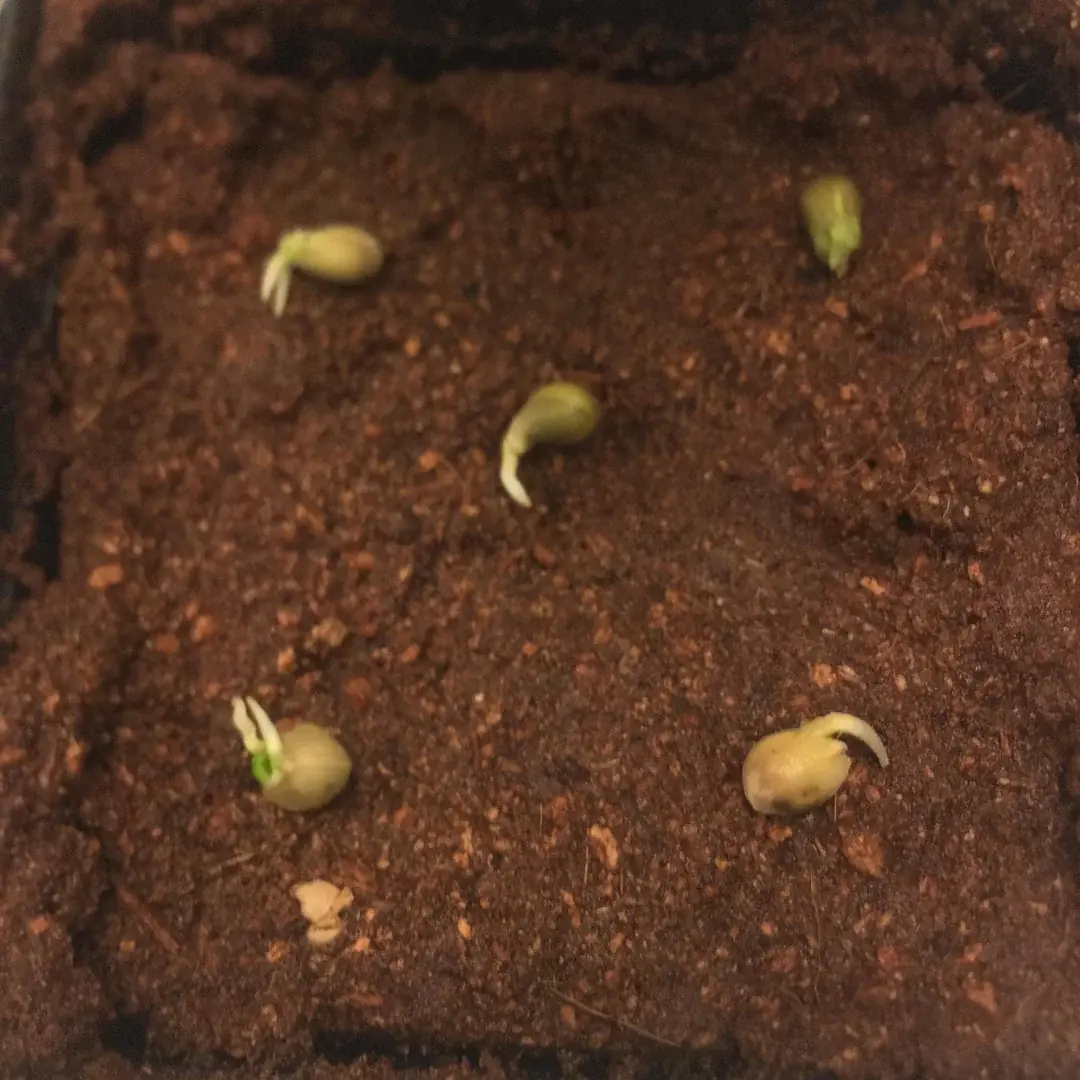
Here’s How to Grow Calamansi at Home — No Farm Needed
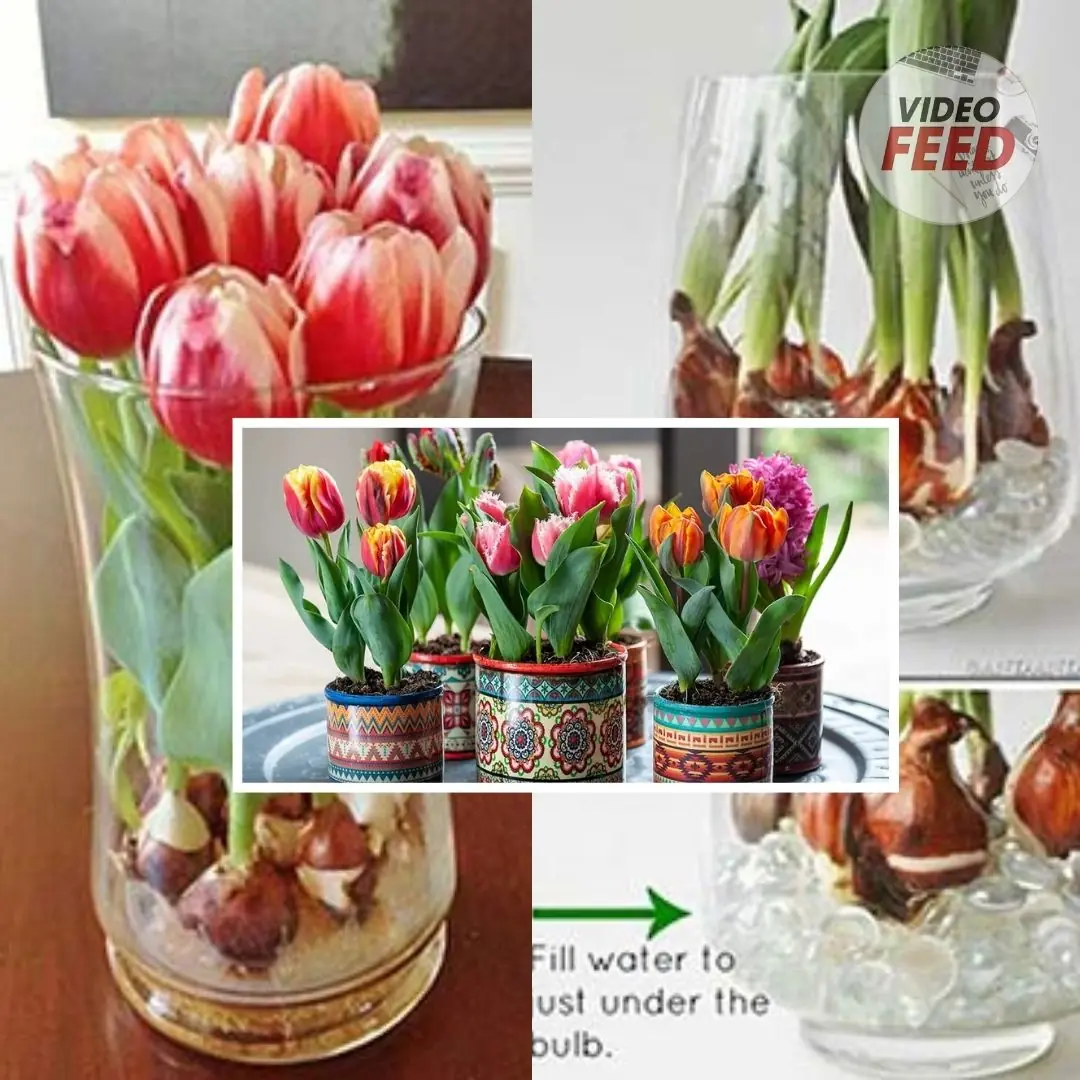
How to grow tulips indoors – a step-by-step guide to forcing these beautiful bulbs
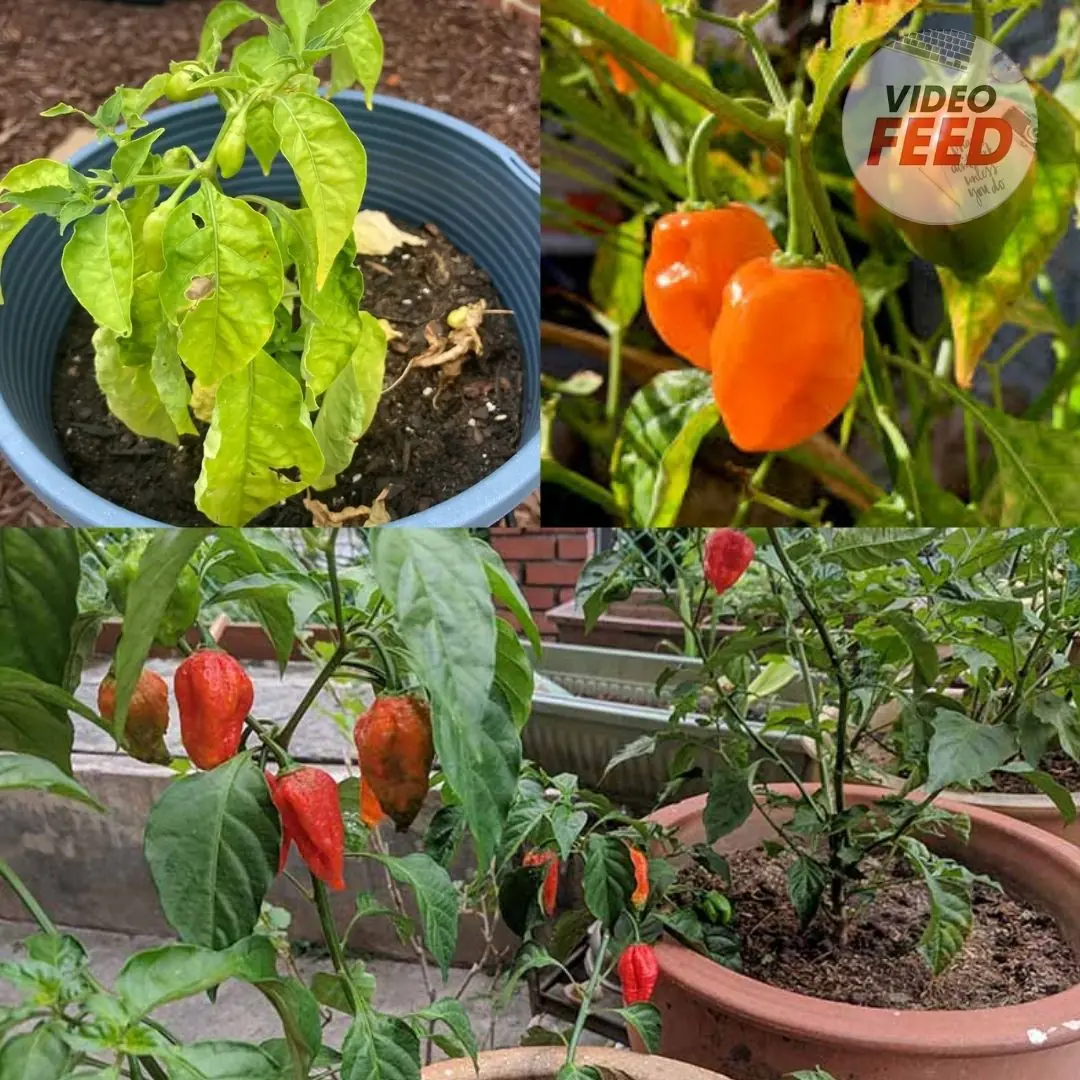
How to Grow Habanero Peppers in Pots

Grow These 5 Garden Beans This Summer
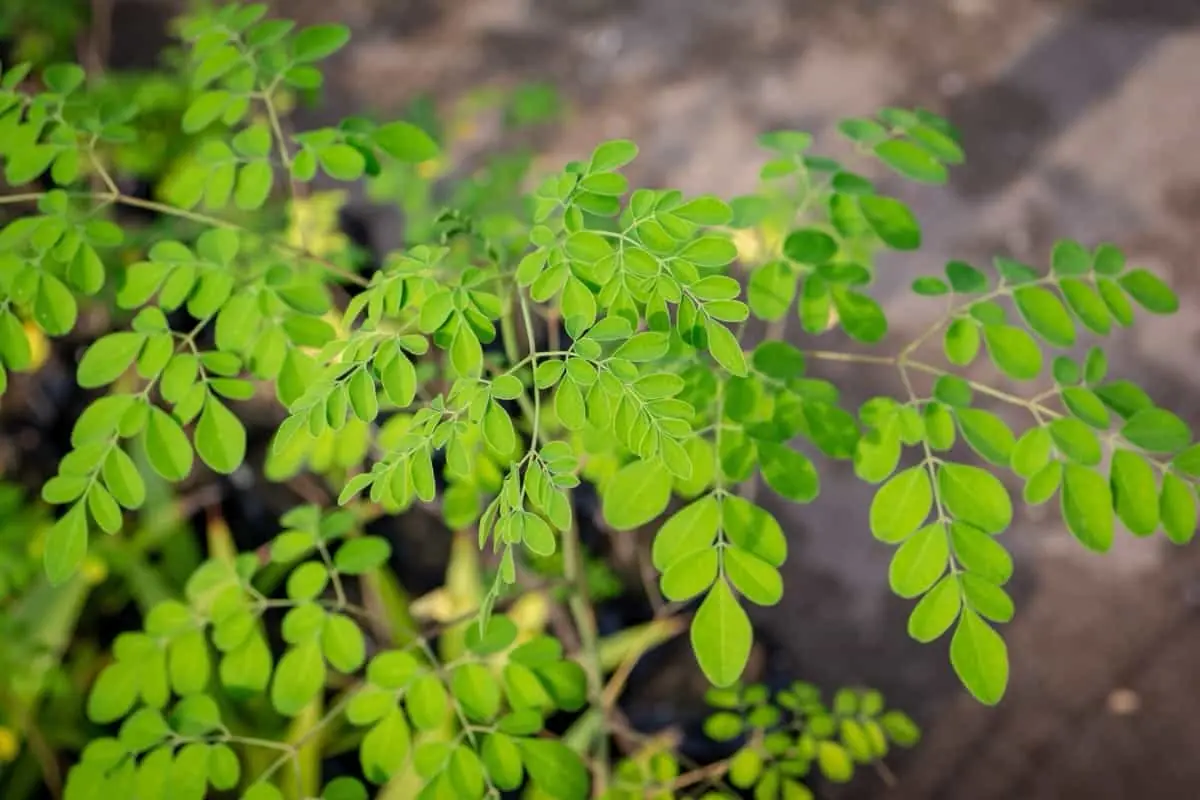
Why Asians Are Rushing to Grow This “Miracle Tree”: Heals Like Medicine, Sells Like Gold

How to Grow and Care for Dieffenbachia
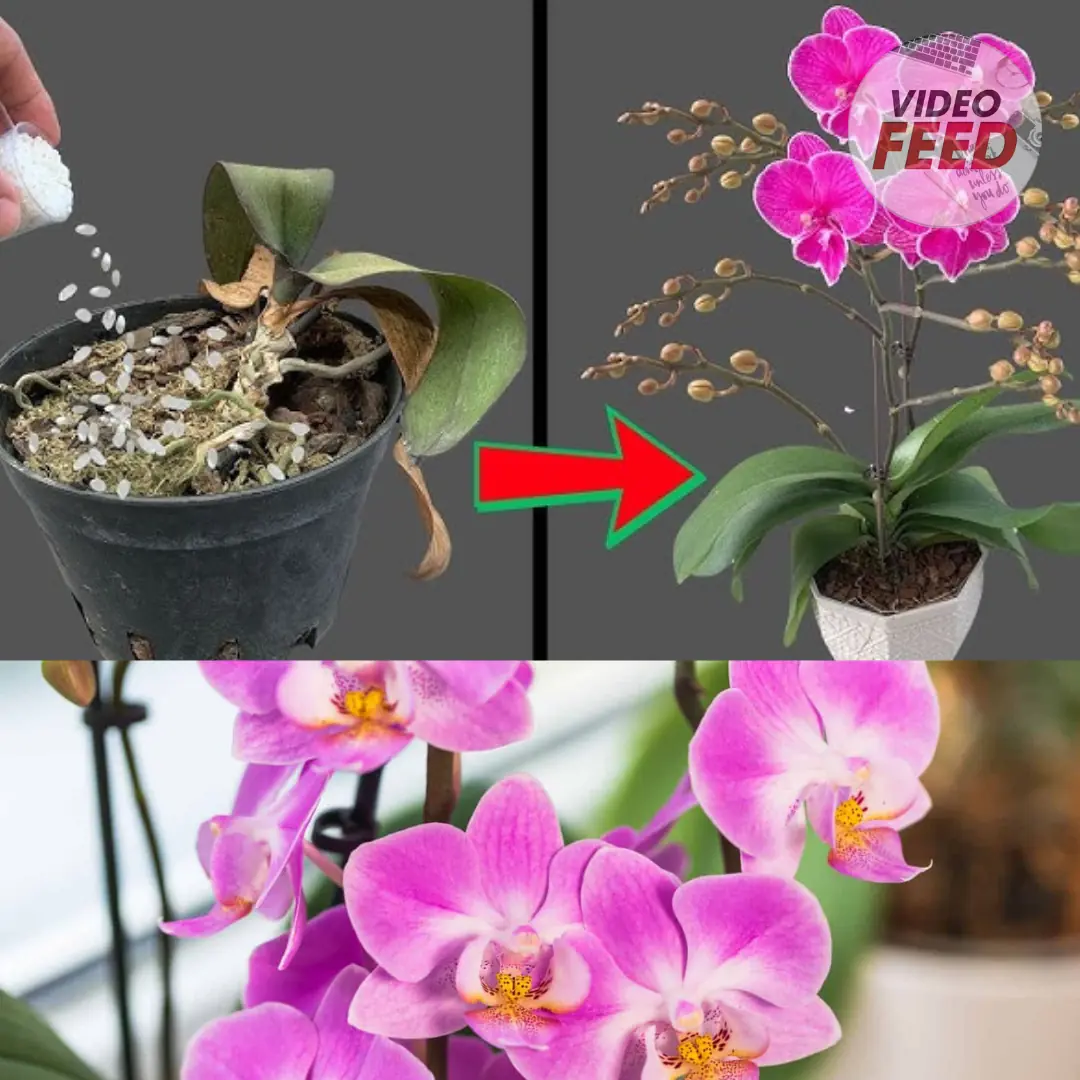
How to Grow and Care for Phalaenopsis Orchids Indoors
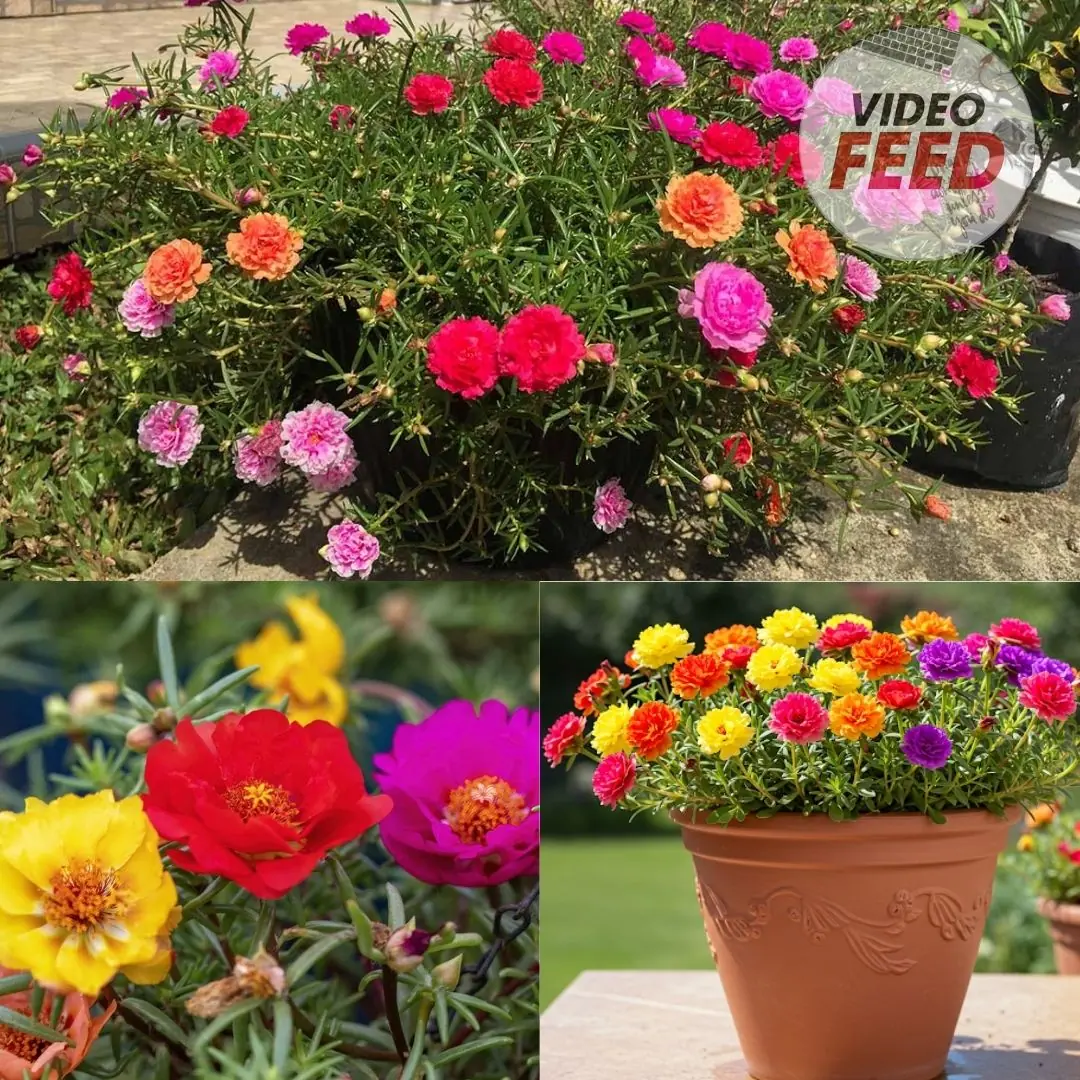
Portulaca in Pots: The Complete Guide to Growing Colorful & Drought-Tolerant Flowers Outdoors
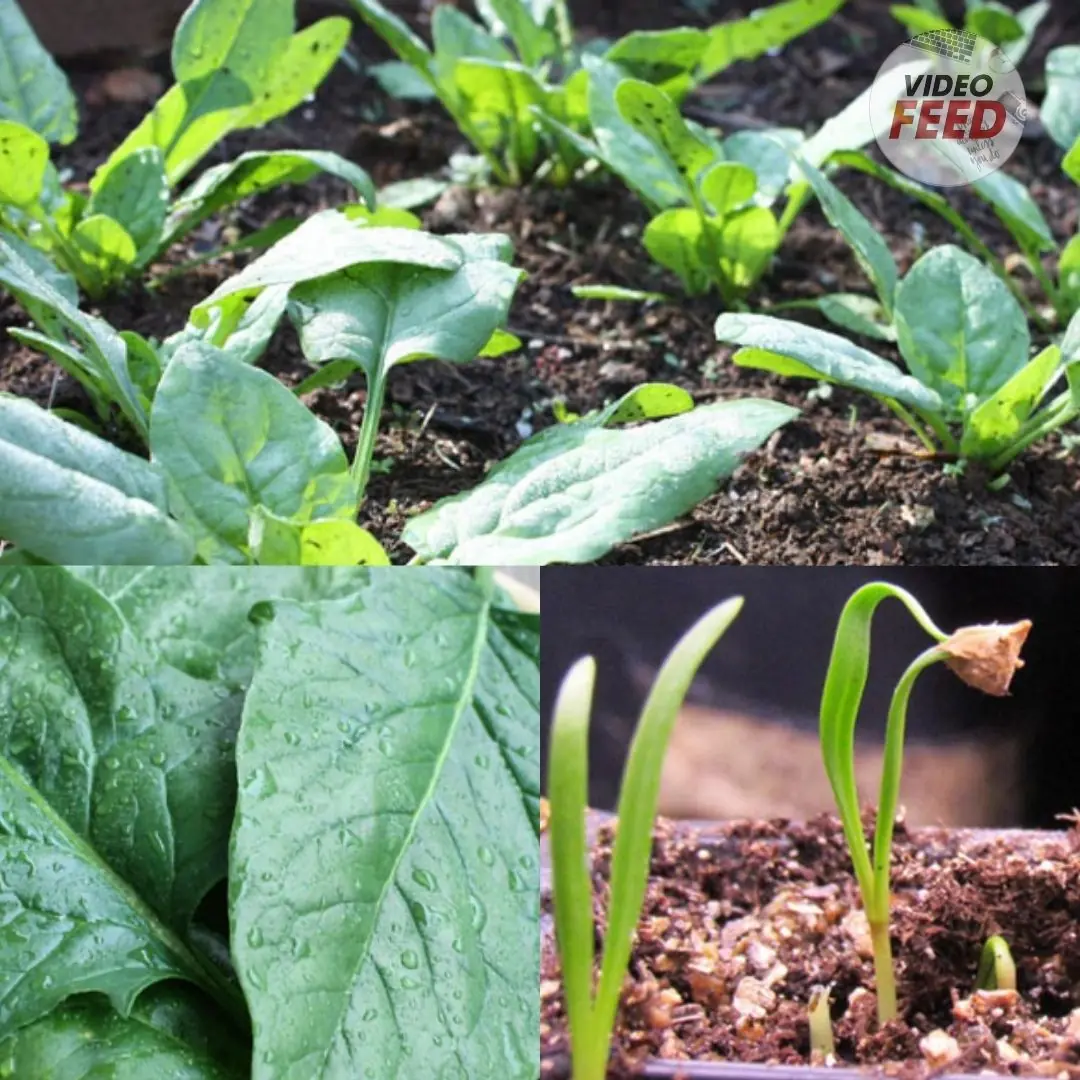
10 Tips for Growing Superb Spring Spinach
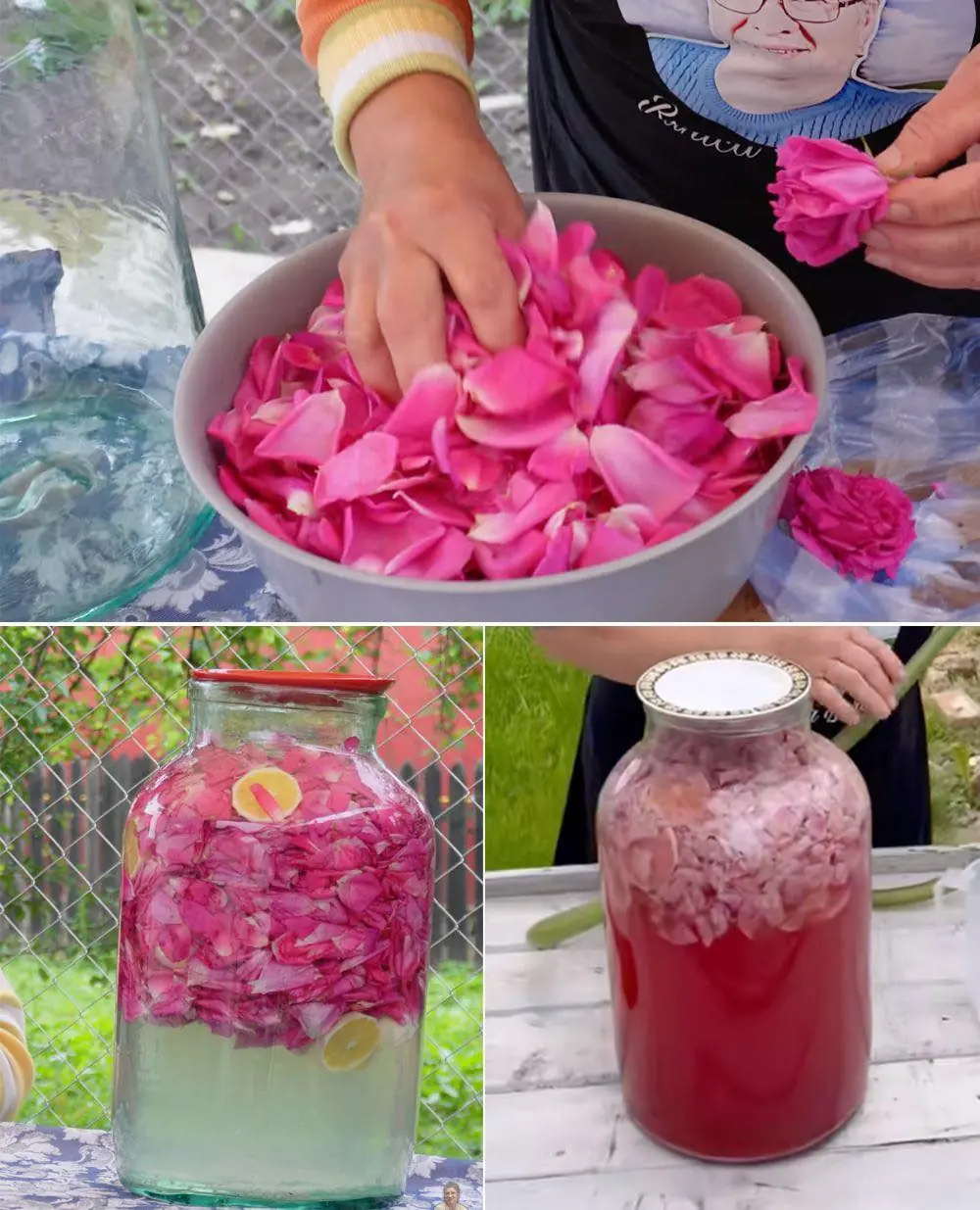
How to Make Rose Petal Lemonade – A Refreshing Homemade Drink
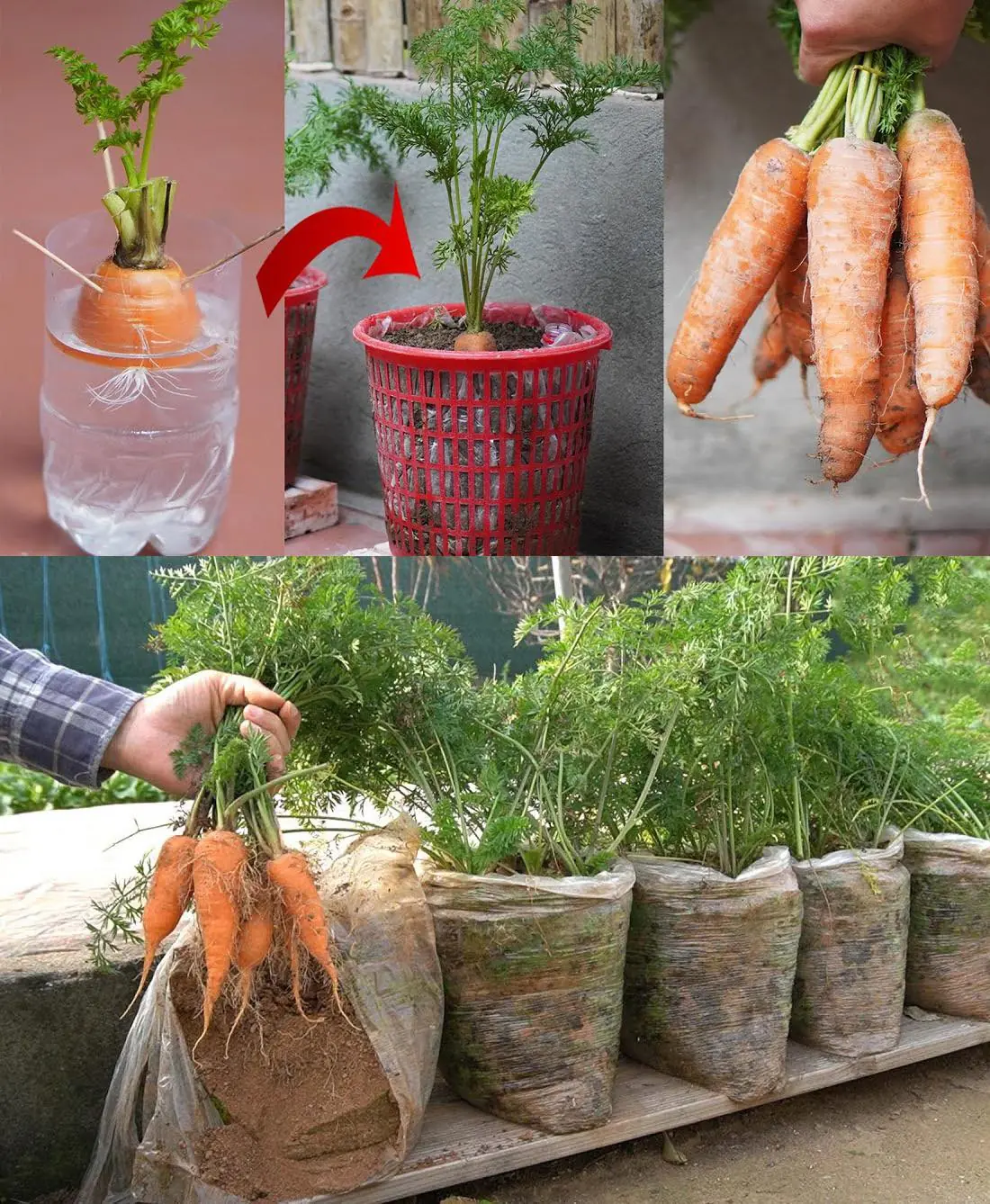
How to Grow Carrots at Home in Containers Starting with a Single Carrot
News Post

Always Throw a Water Bottle Under the Hotel Bed: A Flight Attendant Reveals Why

Drinking These 4 Common Beverages Could Be Harming Your Kid.neys
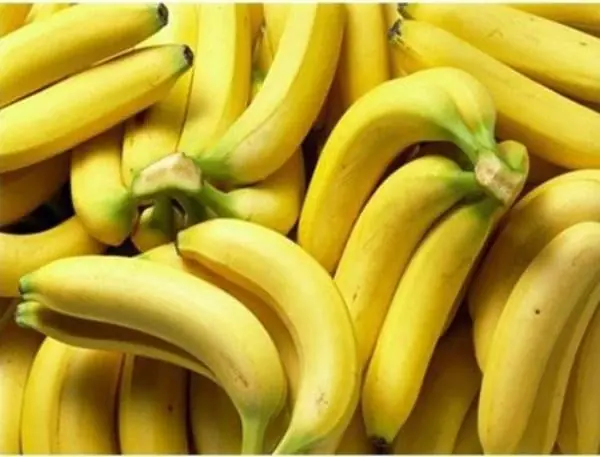
What a Daily Banana Could Mean for Your Blo.od Pressure?

When a Family Member Passes Away, Don’t Throw Away These 4 Important Things

Waking Up at Night to Urinate? Read This

A 14-Year-Old Girl Diagnosed with Colorectal Can.cer: Doctors Warn—It’s Better for Children to Skip Breakfast Than Eat These 4 Types

Every woman likes to be touched in these "3 places" on her body, especially the first place
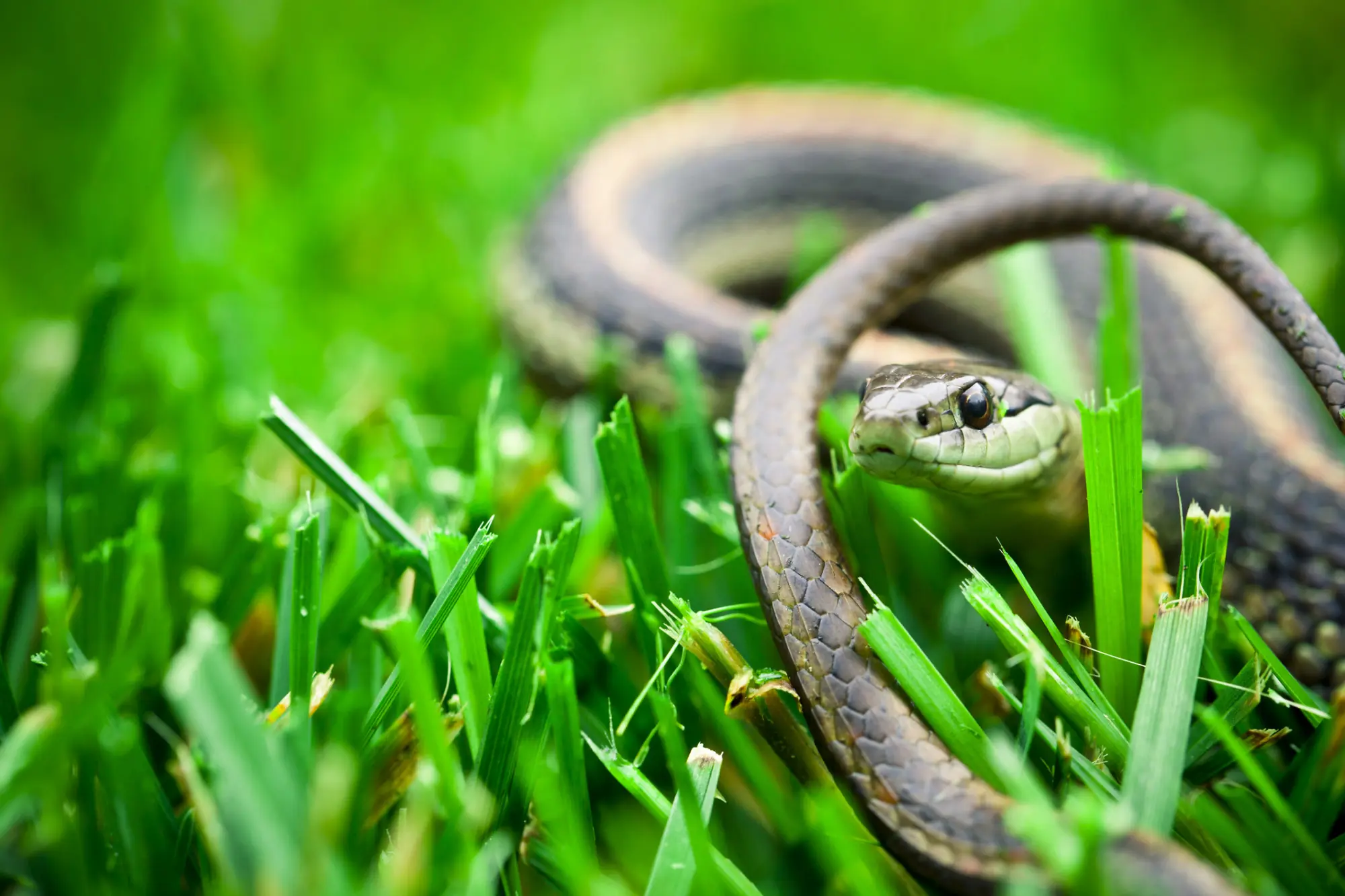
Plants That May Attract Snakes to Your Home: What You Should Know
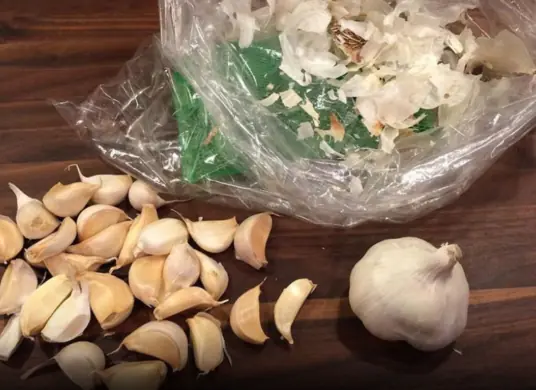
Garlic peels are not trash, don't rush to throw them away

Say Goodbye to Joint and Foot Pain with a Relaxing Rosemary Bath

If You See A Man With One Painted Fingernail, Here’s What It Means

Dog ticks bit 3 people in a family, 2 died: If you can't keep them clean, don't keep them, they're full of diseases

Don’t Ignore These 7 Early Heart Attack Warning Signs
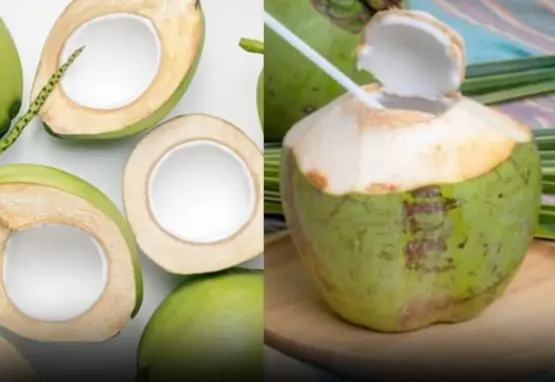
Drink coconut water on an empty stomach for 7 days, kill 10 birds with one stone: it's a waste not to try it

8 Natural Remedies for Sinus Infections That Work Without Antibiotics
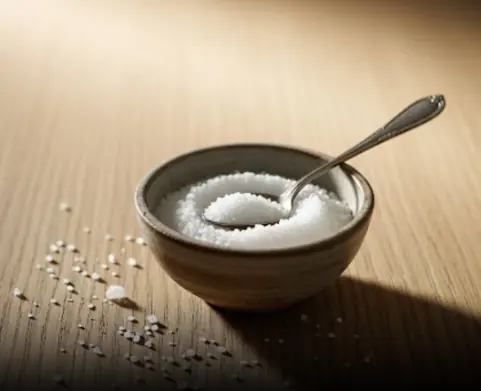
This One Superfood Could Tackle Major Health Issues—Here’s What You Need To Know

If You’re Farting More Than 25 Times a Day—It Might Be a Sign Your Body is Trying to Warn You

Preventing Stroke At Any Age: 3 “Don’ts” After Meals—And 4 “Don’ts” Before Bed

Why You Might See Unusual White Bumps On Your Lips Or Genitals









